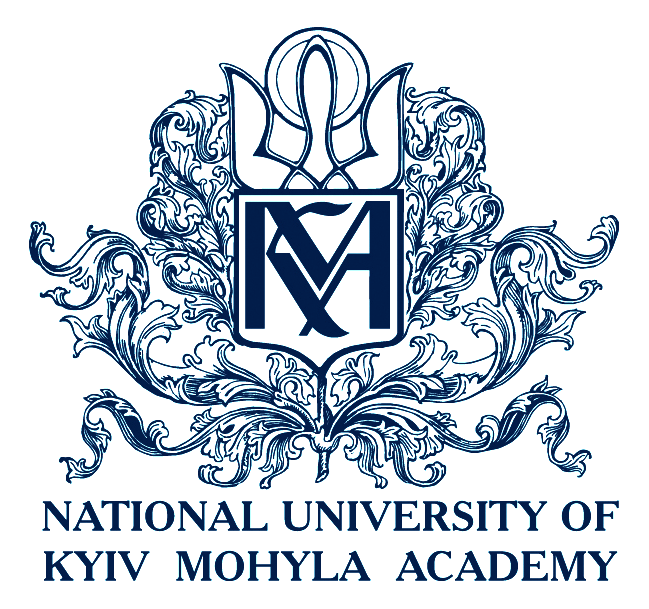FAKE JOURNALS
- Details
- Created: Monday, 18 September 2017 09:22
- Hits: 2661
Dear researchers,
Publicizing and disseminating the results of your research is an important stage, since you can publish these results only once. It is important to select the magazine that will maximize your goal of disseminating the results, finding a scientific collaboration for future projects or grants, and increasing your scientific credibility.
It is also important to choose a conference that has the same goals.
Unfortunately, nowadays, attention to science and technology is increasing not only among universities, grantees, the government, but also by the number of fake (or "predatory") magazines, conferences, internships offers, etc.
How to recognize them?
First, seek advice from CSDRS and (or) the Scientific Library. We will check it for you!
Secondly, note these tips:
Fake magazines: important signs
-
 The journal simultaneously publishes articles from VARIOUS scientific subjects, which are not connected either thematically or methodologically with each other
The journal simultaneously publishes articles from VARIOUS scientific subjects, which are not connected either thematically or methodologically with each other -
 The title of the magazine is too general (World Journal of Science)
The title of the magazine is too general (World Journal of Science) -
 Information about journal policies is missing (including review policies)
Information about journal policies is missing (including review policies) -
 The mailing address of the editor is not specified on the magazine's website (or it is wrong, check by geolocation!), Affiliation to the scientific institution (university, research institute or company that issues it, electronic address in the contacts of the editor or members of the editorial board on distributed mail servers (gmail .com etc.) does not specify the affiliation of the members of the editorial board
The mailing address of the editor is not specified on the magazine's website (or it is wrong, check by geolocation!), Affiliation to the scientific institution (university, research institute or company that issues it, electronic address in the contacts of the editor or members of the editorial board on distributed mail servers (gmail .com etc.) does not specify the affiliation of the members of the editorial board -
 The title of the magazine does not reflect the subject matter of the articles it contains (for example, the European (Mediterranean, World) Journal of Social Sciences publishes articles on mathematics and physics
The title of the magazine does not reflect the subject matter of the articles it contains (for example, the European (Mediterranean, World) Journal of Social Sciences publishes articles on mathematics and physics -
 The title of the magazine does not correspond to geography (for example, the Journal of European Journal of Scientific Research with the editorial board in Pakistan and articles mainly by authors from China)
The title of the magazine does not correspond to geography (for example, the Journal of European Journal of Scientific Research with the editorial board in Pakistan and articles mainly by authors from China) -
 The published materials do not specify the affiliation and contact details of the authors, there are no open source annotations, keywords, etc
The published materials do not specify the affiliation and contact details of the authors, there are no open source annotations, keywords, etc -
 The website or its printed version contains false information that the magazine is indexed in the Web of Science and (or) Scopus databases. It's easy to check!
The website or its printed version contains false information that the magazine is indexed in the Web of Science and (or) Scopus databases. It's easy to check! -
 Other features of quasi-scientific databases are listed, such as: ISSN, Google Scholar, ULRICH, etc. that are not actually scientific
Other features of quasi-scientific databases are listed, such as: ISSN, Google Scholar, ULRICH, etc. that are not actually scientific -
 On the contrary: the journal does not have an ISSN, which is mandatory
On the contrary: the journal does not have an ISSN, which is mandatory -
 The journal asks you to send articles at the same time as reviews on them
The journal asks you to send articles at the same time as reviews on them -
 The claimed publication period does not exceed 2-3 weeks (it is impossible to conduct a qualitive review in these terms)
The claimed publication period does not exceed 2-3 weeks (it is impossible to conduct a qualitive review in these terms) -
 The magazine asks to pay immediately for a publication or to publish an article without a queue
The magazine asks to pay immediately for a publication or to publish an article without a queue -
 The magazine asks for a very small publication fee: "Predatory publishing". Fraudsters create a fake magazine site, which uses design, images, policy information, editorial staff, which are similar or identical to the real magazine.
The magazine asks for a very small publication fee: "Predatory publishing". Fraudsters create a fake magazine site, which uses design, images, policy information, editorial staff, which are similar or identical to the real magazine. -
 The publisher or magazine itself on the site or through spam mailing actively encourages researchers to become members of the editorial board
The publisher or magazine itself on the site or through spam mailing actively encourages researchers to become members of the editorial board -
 Predatory publishing: The site of the fake magazine, which uses design, images, policy information, editorial board, which are similar or identical to the real magazine. Creators of such a site offer very promptly, even for small money to publish an article, then disappear
Predatory publishing: The site of the fake magazine, which uses design, images, policy information, editorial board, which are similar or identical to the real magazine. Creators of such a site offer very promptly, even for small money to publish an article, then disappear









